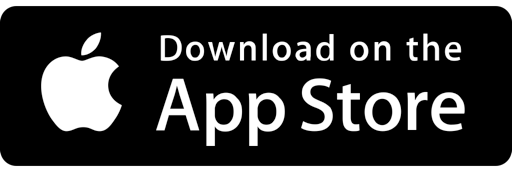Description:
TOM HOLLAND, J.D., Ph.D.
PARKMAN MURDER TRIAL: BEGINNING OF FORENSIC ODONTOLOGY
In 1849, George Parkman, a wealthy scion of Boston, disappeared. His dismembered and partially cremated remains were found days later in the basement of the Harvard Medical College, in a building that he had himself endowed. His murderer was none other than a respected member of the Harvard medical faculty, Dr. John Webster. The ensuing Parkman-Webster murder trial caught the attention of the national and international press in a media circus that was to foreshadow the celebrity trials of the Twentieth Century. Though largely forgotten today,this cases’s seminal contribution to history is that it represents the first use of forensic odontology in a United States courtroom.
ZHONGXUE HUA, M.D., Ph.D.
DENTAL EXONERATION
This course equips you with the fundamentals of forensic pathology, focusing on the critical role of dental analysis in both identifying remains and exonerating the wrongly accused. Through the exploration of pattern comparison techniques, you’ll gain the skills to utilize dental evidence for accurate identification and potential exoneration in forensic investigations.
JARED ROSENBLATT, ESQ.
MS-13 ATTACKS, ATTEMPTED MURDER AND SEXUAL ASSAULT
On March 22, 2017, the defendant tried to kill a woman in Hempstead by stabbing and slashing her and then returned to his girlfriend’s apartment, where the defendant attempted to kill the woman’s two-year-old daugh-ter. Through this case study, you’ll delve into the innovative use of dental evidence for identification, the power of digital technology in interpreting complex bite and injury patterns and uncover an uncommon legal aspect that allowed dental evidence to play a crucial role in securing justice.
IRA TITUNIK, D.D.S.
USE OF DENTAL EVIDENCE IN AN MS 13 CASE OF ATTEMPTED MURDER
This course delves into the power of dental evidence in criminal investigations. Explore how digital technology clarifies complex bite mark analysis, Navigate the legal framework surrounding its use, and see its real-world impact through a compelling case study. Learn how exclusionary practices can lead to accurate conclusions, the importance of comprehensive data for informed opinions, and the value of clear, concise communication in forensic dentistry.




